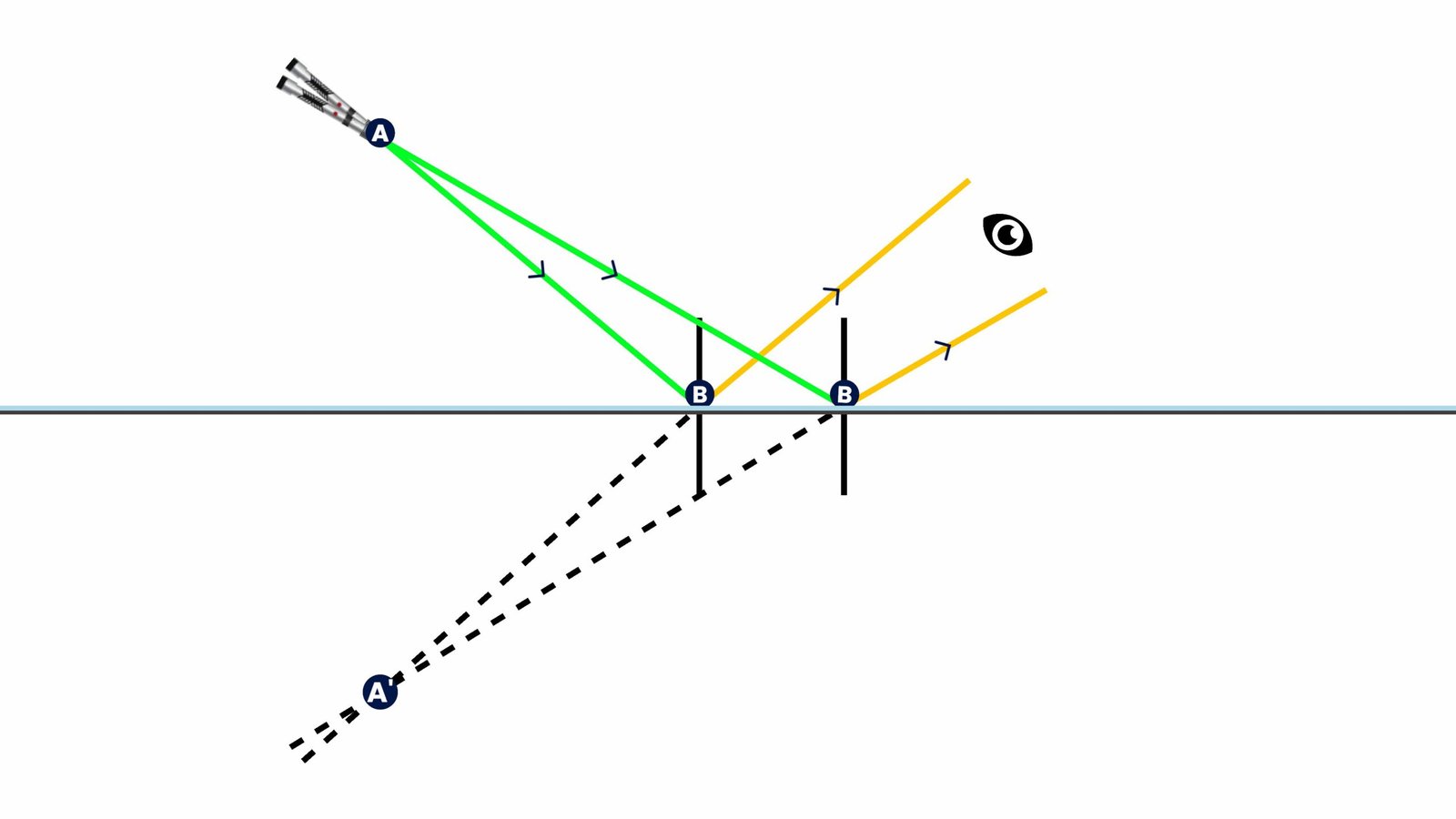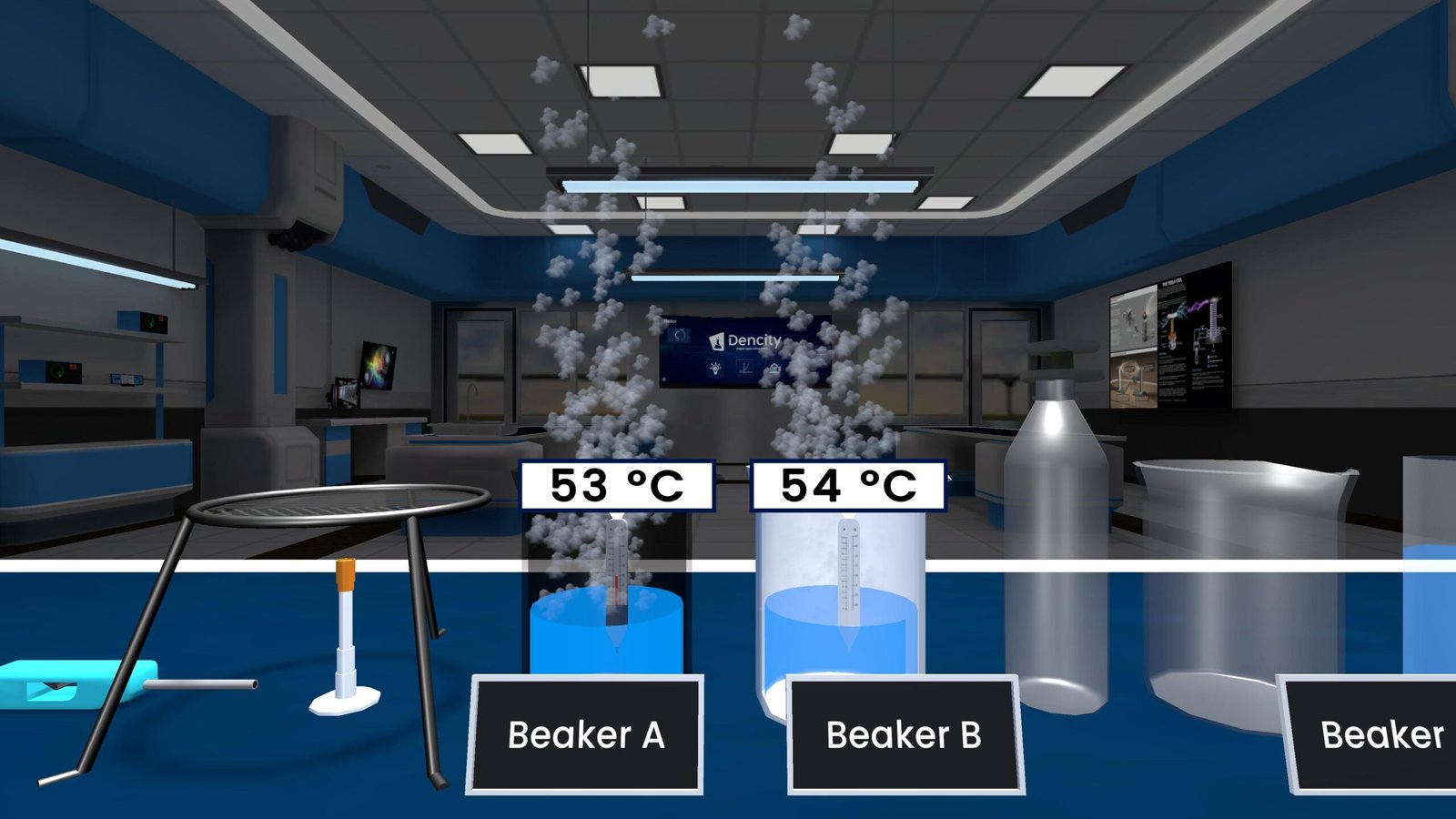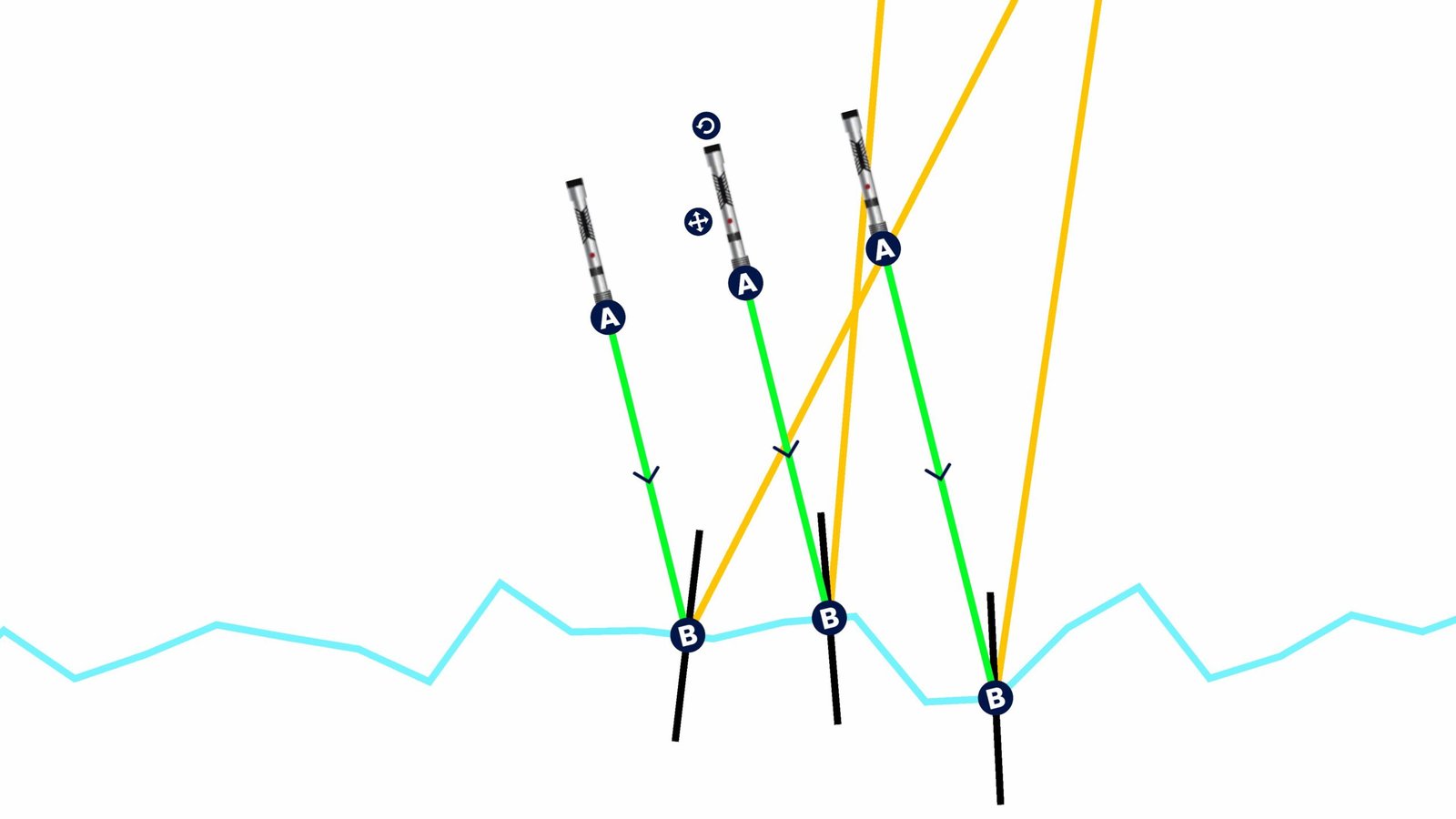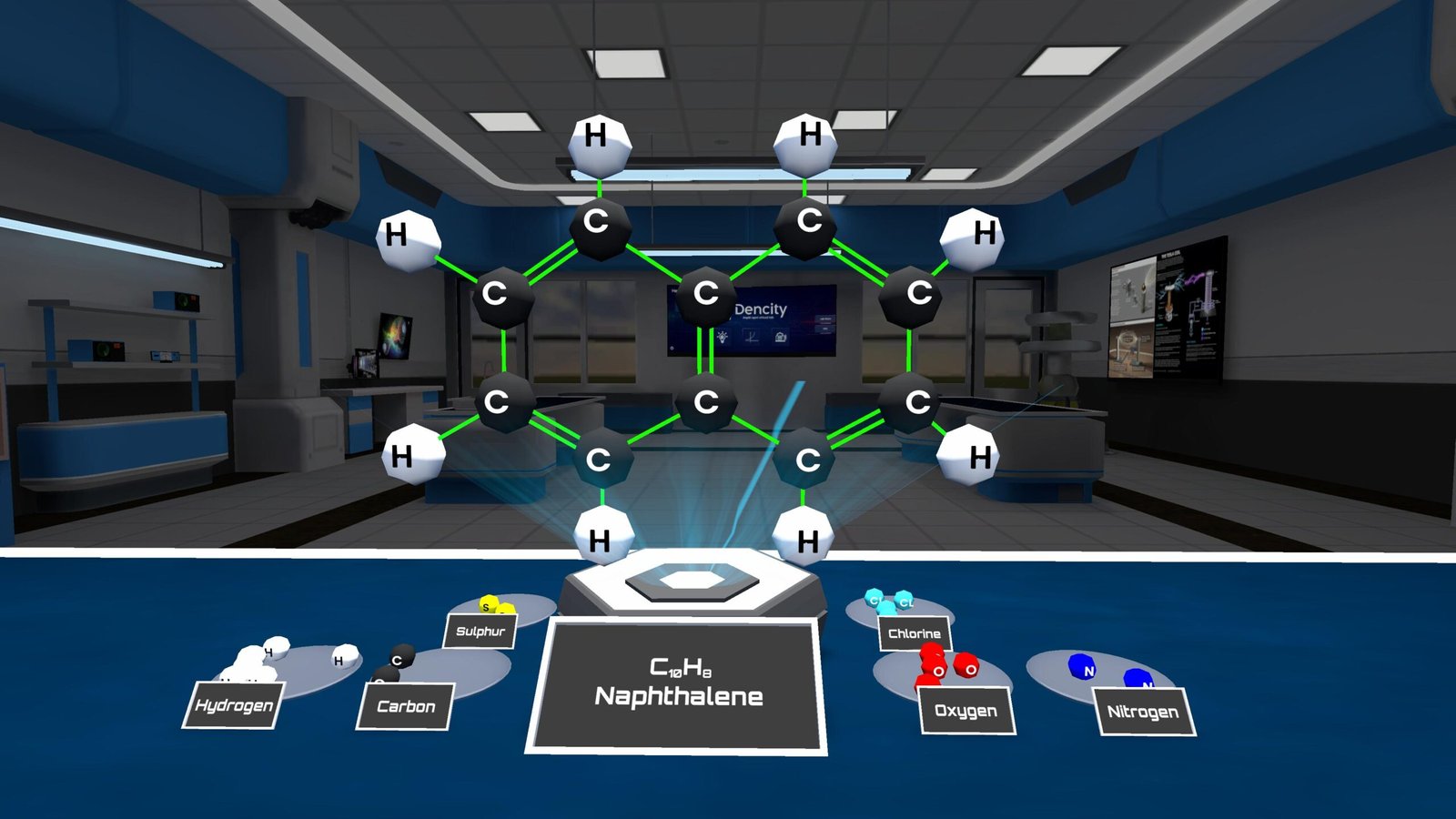Plane Mirror Experiment – Image Formation
A plane mirror is a flat reflecting surface that follows the laws of reflection. When a source of light is placed in front of the mirror, it emits rays in all directions. Some of these rays strike the mirror and bounce back. The reflected rays diverge, but when extended backward, they appear to converge at a point behind the mirror. This point is where we perceive the virtual image.
The image formed in a plane mirror has the following properties:
- It is virtual (cannot be projected on a screen).
- It is erect (upright).
- It is of the same size as the object.
- It is laterally inverted (left appears as right and right as left).
- It is formed at the same distance behind the mirror as the object is in front.
Real-Life Uses of Plane Mirrors
- Mirrors in homes and vehicles to see behind objects.
- Periscopes for indirect viewing.
- Dental and medical instruments for internal inspection.
- Decorative pieces to create an illusion of depth.
Observation Highlights
- The laws of reflection (angle of incidence = angle of reflection) always apply.
- The image is always at the same distance behind the mirror as the object is in front.
- The image cannot be projected since it is not real.
Learning with Dencity – Virtual Science Lab
Performing this Plane Mirror Experiment in a real classroom requires physical mirrors, stands, protractors, and careful arrangements. With the Dencity virtual science lab, students can explore how light rays behave when reflected by a plane mirror without needing costly or fragile equipment.
The dencity app allows students from Class 9 science and Class 10 science to perform this experiment virtually, ensuring they understand how light reflection works through interactive simulations. The app provides real-time ray diagrams, measurements, and visualizations, making it much easier to grasp concepts than traditional methods.
Dencity for Teachers
Teachers can use interactive teaching tools in Dencity to demonstrate how images form in plane mirrors. They can:
- Conduct live virtual experiments with students.
- Assign homework and track student progress.
- Allow students to manipulate variables like object position to see changes in image formation.
- Use interactive touch panels in classrooms for smooth demonstrations.
This promotes interactive learning, saves time, and ensures better concept delivery without the hassle of physical setups.
For Schools & Institutions
Dencity helps schools modernize their teaching approach with virtual science labs that require no maintenance. Schools can contact us for customized pricing or a demo to integrate Dencity into their classrooms.
Frequently Asked Questions (FAQs)
- What kind of image is formed by a plane mirror?
A plane mirror forms a virtual, erect, same-sized, and laterally inverted image. - Why is the image called virtual?
Because the reflected rays only appear to meet behind the mirror; they do not actually converge. - Can a plane mirror form a real image?
No, a plane mirror cannot form a real image since light rays never actually meet. - Is the size of the image equal to the object?
Yes, the image is of the same size as the object. - What does laterally inverted mean?
It means the left and right sides are reversed in the image. - How far behind the mirror is the image formed?
At the same distance as the object is in front of the mirror. - Do plane mirrors follow the laws of reflection?
Yes, the angle of incidence is always equal to the angle of reflection. - Where are plane mirrors used in real life?
In vehicles, homes, periscopes, medical instruments, and decorative items. - Can plane mirrors be used in experiments virtually?
Yes, using the Dencity virtual lab, students can simulate the experiment safely and easily. - How does Dencity help teachers with this experiment?
It provides interactive teaching tools, virtual classrooms, and real-time demonstrations to improve engagement and learning.







